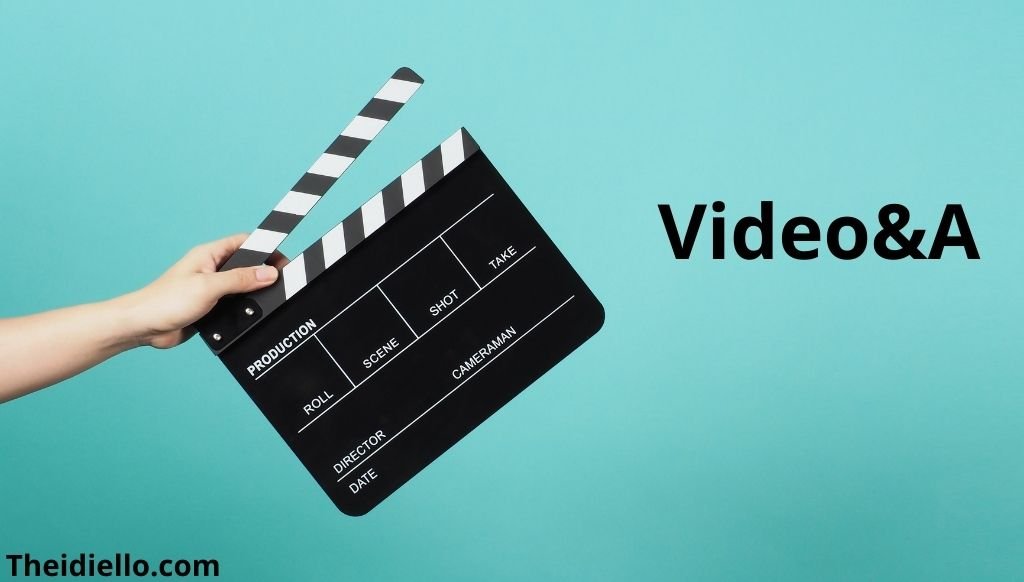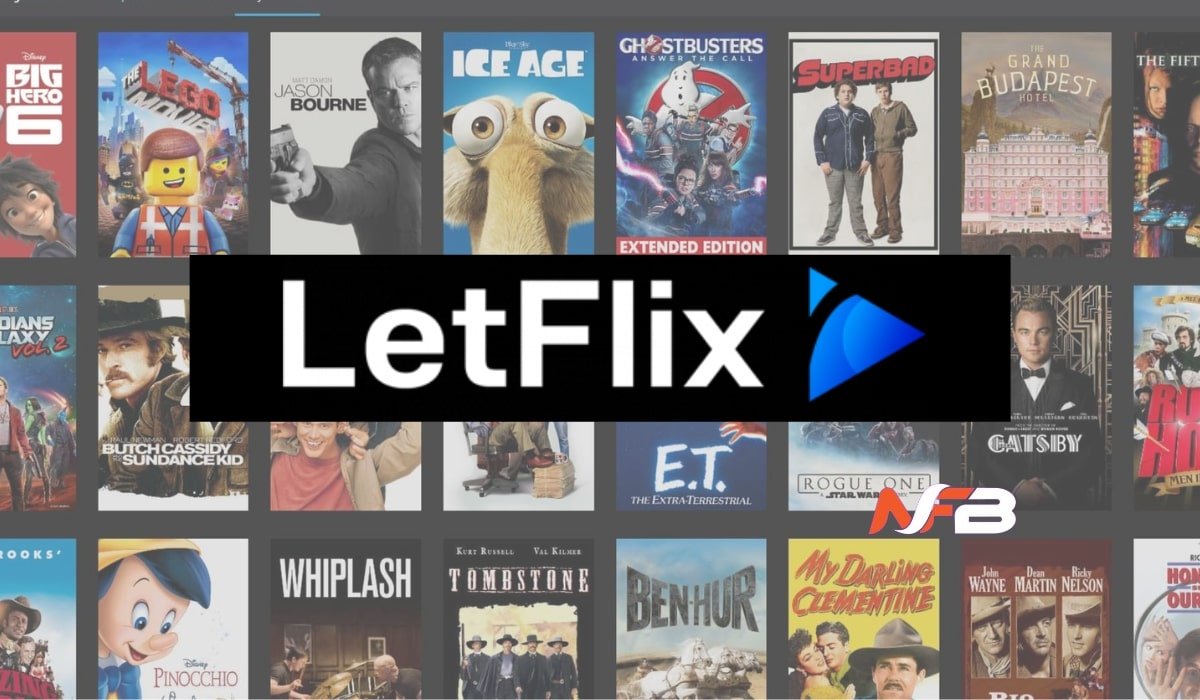In the digital age, content creation and consumption have evolved significantly. Among the most influential forms of media are video and audio, which are crucial for a variety of purposes, from entertainment to education and business communications. The integration of video and audio has led to the rise of platforms that focus on delivering content in ways that are engaging and impactful. One such evolution in this space is Video&A—a term that refers to the seamless combination of video and audio components, resulting in rich multimedia experiences that captivate audiences across the globe.
What is Video&A?
Video&A refers to the synchronized integration of video and audio elements to create an immersive multimedia experience. While video captures visuals and audio records sound, the combination of both enables the creation of high-quality content that conveys messages more effectively. This approach is particularly useful in areas such as video production, live streaming, podcasts, webinars, and online courses, where the right balance of visual and auditory elements can boost engagement and retention.
Why Video&A Matters in Modern Media
Video and audio play distinct yet complementary roles in content creation. Here’s why combining them matters:
- Enhanced Engagement: Adding audio to video makes the content more engaging. The human brain processes visuals and sounds together, making the content more memorable.
- Clearer Communication: When both video and audio elements are in sync, they enhance the clarity of the message being conveyed. A simple visual can become much more impactful with the right voiceover or background music.
- Broader Reach: Video content has a wider reach on digital platforms like YouTube, Facebook, and Instagram. With proper audio integration, videos become more accessible, making them suitable for users who rely on sound for information and those who prefer visual aids.
- SEO Boost: Google and other search engines value multimedia content. Well-optimized Video&A content ranks higher in search results, which increases visibility and attracts more organic traffic.
The Role of Video in Video&A
Video is a dynamic and engaging medium that can convey messages visually. In a Video&A context, it serves as the foundation of the content. Videos can be used to demonstrate products, share stories, teach skills, or even entertain. For instance:
- Product Demonstrations: Businesses use videos to show how their products work. The addition of high-quality audio instructions or voiceovers can guide the viewer through each feature.
- Storytelling: Videos enable the creation of powerful narratives, whether for marketing purposes or storytelling in films and series. The combination of visuals and soundtracks elevates the emotional impact.
- Tutorials and Online Courses: Educational content often benefits from video formats. Combining visual aids like slides or graphics with clear audio explanations helps learners grasp complex concepts faster.
Tips for Creating High-Quality Video Content:
- Good Lighting: Ensure proper lighting to make visuals clear and professional.
- Clear Audio: Use high-quality microphones and audio equipment to avoid noise interference.
- Engaging Script: A strong script will ensure that both the visuals and audio are in harmony, keeping the audience engaged.
The Role of Audio in Video&A
Audio in Video&A plays an equally critical role. It sets the tone, enhances storytelling, and delivers information in a way that visuals alone cannot. Audio elements can include:
- Voiceovers: Narration or character dialogues in videos help explain the story or provide information in a conversational tone.
- Background Music: Music adds an emotional layer to videos, enhancing the viewer’s connection to the content.
- Sound Effects: Used to highlight specific actions or create atmosphere, sound effects help elevate the video’s immersion.
- Podcasts and Webinars: In this case, audio becomes the primary medium, with the video being a secondary enhancement to illustrate key points or provide supplementary visuals.
How to Optimize Audio for Video&A Content
- Balance Sound Levels: Ensure that voiceovers or dialogue are clear and not drowned out by background music.
- Choose the Right Music: Select music that complements the mood of your video and resonates with your target audience.
- Use Sound Effects Sparingly: While sound effects can enhance a scene, too many can become distracting.
- Edit for Clarity: Make sure the audio is free of noise and distractions by editing your recordings before syncing them with video.
Applications of Video&A
The combination of video and audio isn’t just limited to YouTube videos. It’s becoming an essential part of various industries and digital media platforms:
1. Social Media Content Creation
Content creators use video and audio to craft engaging posts for platforms like Instagram, TikTok, and Twitter. This multimedia approach increases the likelihood of content going viral due to its ability to captivate users in a matter of seconds.
2. E-Learning & Webinars
Online courses and training programs leverage Video&A to deliver lessons in an interactive manner. Videos allow for the presentation of information while the audio guides learners step-by-step through the process, making it easy for them to retain knowledge.
3. Marketing Campaigns
Video ads with integrated audio are highly effective in marketing campaigns. They can drive consumer behavior by presenting information in a compelling and memorable way. This approach is commonly used in TV commercials, social media ads, and YouTube promotions.
4. Entertainment & Streaming
The Video&A format is crucial for the entertainment industry, particularly for films, TV shows, and streaming platforms like Netflix and Hulu. High-quality video coupled with immersive soundtracks, sound effects, and dialogues enhances the viewing experience and brings stories to life.
5. Live Streaming and Gaming
Live streaming on platforms like Twitch, YouTube, and Facebook involves real-time interaction with audiences. Proper video and audio integration ensures that the content is enjoyable and that viewers can hear the streamers clearly, making it an essential part of the streaming experience.
Video&A SEO Optimization
When it comes to SEO for Video&A content, the focus should be on both video and audio elements. Here are some tips for optimizing Video&A content for search engines:
- Use SEO-Friendly Titles and Descriptions: Incorporate target keywords in both the video title and description to improve search visibility.
- Include Captions and Subtitles: Adding captions not only makes your content accessible but also helps search engines understand the content.
- Optimize Thumbnails: Your video thumbnail is one of the first things people see. Make sure it is visually appealing and includes relevant keywords.
- Leverage Video Transcripts: A transcript provides both the audio and text content, which makes it easier for search engines to crawl and index.
- Engage with Viewers: Encouraging comments, shares, and likes can improve the visibility of your video across platforms.
Conclusion
Video&A is the future of content creation, providing an immersive and engaging way to communicate messages to a broad audience. Whether it’s for entertainment, education, or business, the integration of high-quality video and audio enhances content’s effectiveness and reach. By paying attention to the technical aspects of Video&A production—like optimizing video and audio quality, crafting an engaging script, and utilizing SEO strategies—you can ensure your content not only attracts viewers but also keeps them engaged.
By combining the visual power of video with the auditory appeal of sound, you can create content that resonates with audiences and stands out in an increasingly competitive digital space.


